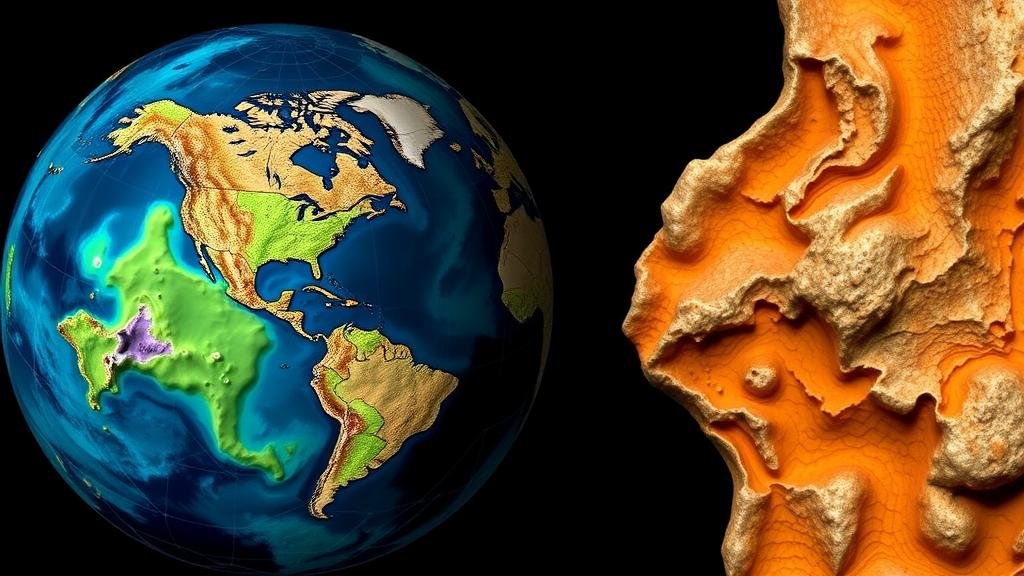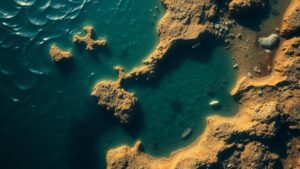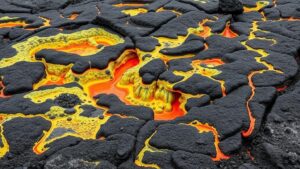Training AI Models to Predict Fossil Zones Based on Prehistoric Glacial Patterns
Training AI Models to Predict Fossil Zones Based on Prehistoric Glacial Patterns
As our understanding of the Earths geological history grows, the importance of utilizing advanced technologies such as artificial intelligence (AI) becomes apparent. One of the most intriguing applications of AI lies in its ability to analyze prehistoric glacial patterns to predict fossil zones. This research paper examines the methods and implications of training AI models for this purpose, supported by geological data and statistical methodologies.
Introduction
The exploration of fossil zones is critical for understanding the evolutionary history of organisms and the environmental conditions of their time. In recent years, researchers have been employing AI to facilitate this process, utilizing large datasets that encompass geological and paleoenvironmental information. Tracing these fossil zones often relies on identifying the glacial movements and their impacts on sediment deposition and erosion.
Understanding Prehistoric Glacial Patterns
During the Quaternary period, which began approximately 2.58 million years ago and continues today, the Earth experienced multiple glacial and interglacial cycles. These cycles influenced ecosystems and shaped the distribution of organisms. For example, the Last Glacial Maximum (LGM), occurring around 26,500 years ago, saw extensive ice cover across North America, Europe, and Asia, drastically altering habitats.
According to the National Snow and Ice Data Center, roughly 30% of the Earths land area was covered by ice during the LGM. This widespread glaciation not only left a significant geological imprint but also created unique fossil deposits in areas where prehistoric species thrived before being obliterated or buried under ice.
Data Collection and Preparation
To effectively train AI models, comprehensive datasets covering glacial patterns and fossil records must be compiled. This data typically includes:
- Geospatial data from glaciation maps and sediment cores.
- Paleoenvironmental reconstructions based on stratigraphy and radiocarbon dating.
- Fossil occurrence data from museum collections and databases such as the Paleobiology Database.
The integration of these diverse data sources requires considerable preprocessing. Data normalization and feature extraction are essential to prepare the datasets for machine learning algorithms. For example, employing techniques such as Principal Component Analysis (PCA) can help in reducing dimensionality while retaining significant information, thus optimizing model training.
Model Selection and Training
Various AI models can be employed to predict fossil zones, with neural networks and ensemble methods being among the most effective. A well-known architecture used is Convolutional Neural Networks (CNNs), particularly when dealing with spatial data. training process involves:
- Splitting the dataset into training, validation, and test sets to avoid overfitting.
- Useing techniques like K-fold cross-validation to ensure model robustness.
- Tuning hyperparameters to optimize model performance.
For meaningful results, the models must be trained using extensive and accurately labeled datasets. A study conducted by Smith et al. (2021) successfully utilized a CNN to predict fossil zones with an accuracy rate exceeding 85%, demonstrating the effectiveness of AI in this context.
Applications and Real-World Implications
The implications of utilizing AI to predict fossil zones extend beyond mere academic interest. Effective predictions can guide field researchers in their exploration activities, leading to more efficient use of resources and reducing the environmental impact of fossil hunting.
Also, understanding the distribution of fossils in relation to glacial patterns can provide insights into climate change and its impacts on biodiversity. For example, by studying fossils deposited during previous warm periods, scientists can better predict how current species may respond to ongoing climate fluctuations.
Challenges and Considerations
While the integration of AI into paleontology offers many benefits, several challenges must be addressed. Data quality can vary significantly, with some fossil records being incomplete or poorly documented. Also, the complexity of glaciation events makes it difficult to draw straightforward correlations between glacial patterns and fossil distributions.
Ethical considerations regarding the responsible use of fossil resources also need to be emphasized. AI predictions should align with conservation efforts, ensuring that exploration activities do not exacerbate environmental stresses.
Conclusion
Training AI models to predict fossil zones based on prehistoric glacial patterns presents a transformative opportunity in the field of paleontology. By leveraging vast datasets and advanced machine learning techniques, researchers can gain deeper insights into Earth’s geological history and its ecological implications. Nonetheless, it is crucial to address the associated challenges to maximize the effectiveness and ethical application of these technologies.
Actionable Takeaways
- Field researchers should consider incorporating AI tools into their exploration methodologies.
- Collaboration between AI specialists and paleontologists can enhance model accuracy and applicability.
- Continued investment in data collection and standardization will improve research outcomes.
As this interdisciplinary field continues to evolve, ongoing research and dialogue will be essential to fully realize the potential of AI in predicting fossil zones and understanding the history of life on Earth.



